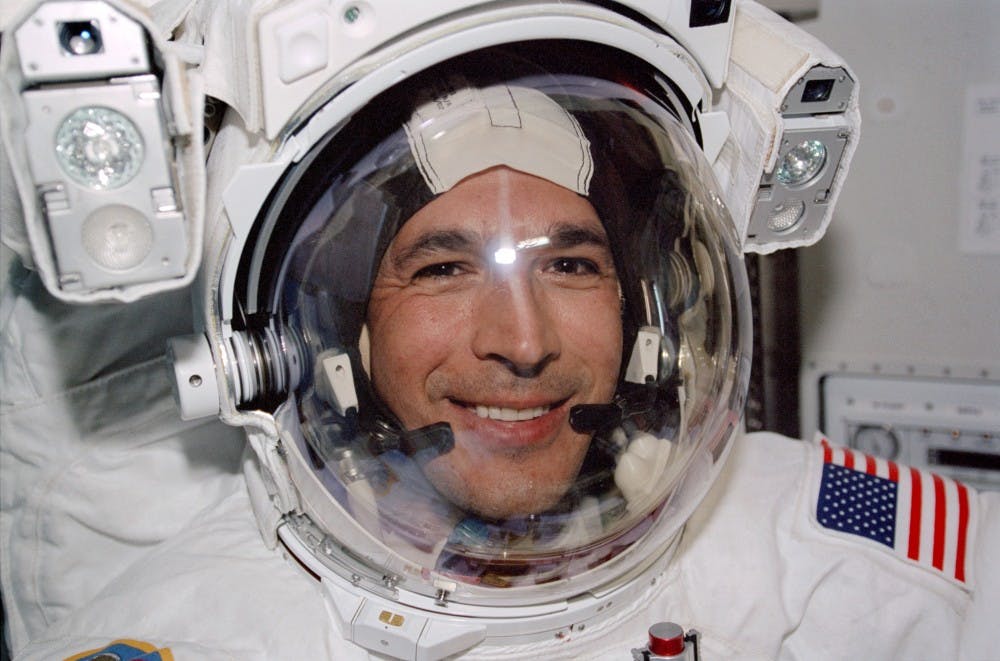At its best, science is an institution filled with wonder, optimism and the promise of exciting new discoveries. However, the history of science is incomplete without acknowledging the voices of scientists that are silenced by systematic biases. In celebration of Indigenous Peoples’ Day on Oct. 14, here are just a few notable scientists and inventors of Native American heritage.
Mary G. Ross, Engineer, Cherokee
Mary G. Ross is widely considered to be the first known Native American engineer and the first female engineer to work for the company Lockheed.
Ross’ great grandfather, John Ross, was one of the longest serving Cherokee nation chiefs as well as one of the early Park Hill settlers. Ross lived in the Cherokee Nation capital during her early education.
Called to learn more about mathematics, she completed a Master’s degree and was hired by the company Lockheed in 1942. The company sent her to UCLA to gain skills in aeronautic engineering.
After working her way up the male-dominated corporate ladder, she eventually began to work with NASA. Early spaceflight relied on military-like technology, and Ross was an expert in this. While much of her work at NASA is classified, she make invaluable contributions to the Apollo program, including helping to write the NASA’s Planetary Flight Handbook.
Fred Begay, Nuclear Physicist, Navajo
Fred Begay’s parents were Navajo healers and taught him the songs used in Navajo healing ceremonies from an early age. He was introduced to physics for the first time when he returned from serving in the Korean War.
That’s when he noticed parallels between modern scientific ideas and Navajo ideas of religion and medicine. In an article in Physics Central, Begay noted how his culture inculcated an intuition of abstract ideas.
Begay believed that this aspect of his culture conferred an advantage when he learned about Einstein’s theory of relativity and quantum mechanics. He then went on to become a member of the research staff of Los Alamos National Laboratory and studied thermonuclear fusion.
John Herrington, Astronaut, Chickasaw
John Herrington is the first Native American person to go to space. He is a member of the Chickasaw tribe.
Herrington’s relationship with NASA began in 1996, when he was selected to be an astronaut. He was selected as a Mission Specialist for the 16th Shuttle mission to the International Space Station, where he completed three separate space walks. As an enrolled member of the Chickasaw Nation, he chose to honor his heritage by carrying — among other things — the Chickasaw Nation flag.
Here, we have chosen to highlight the enormous achievements of just four scientific leaders who have displayed remarkable curiosity and dedication to scientific understanding. However, this topic would be incomplete without realizing that these four men and women come from a long line of Native American specialists in the natural world.





